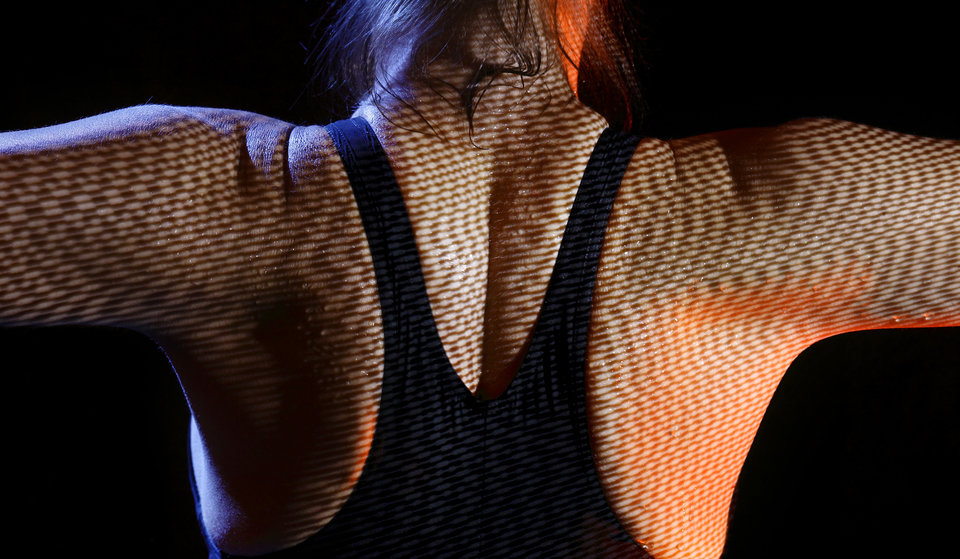DINED announces open platform for 3D body models: Mannequin
It’s challenging to design products that closely interact with the human body. Think for example about wearables like medical masks, helmets, (virtual reality) goggles, garments, sports braces, or shoes. We are all unique individuals and this requires designers to carefully consider the great variety of human body shapes. We have to come up with smart ways of accommodating this variety through the use of sizing systems, adjustable parts, or flexible materials. TU Delft now offers an open online platform for 3D anthropometry with the latest addition to the DINED website: ‘Mannequin’.
From paper to 3D virtual models
The DINED website of Industrial Design Engineering, TU Delft provides anthropometric data to help designers get more insight in human body variation. It currently has over 15.000 active users around the world and was set-up by IDE researcher Johan Molenbroek in 1980, back then still a data table on paper. DINED’s ‘1D database’-tool describes body variation through a set of body measurements, such as lengths, breadths, heights, and circumferences. When measurement data is available at the level of the individual, the ‘Ellipse’-tool enables correlation analyses to investigate the relation between body dimensions, e.g. through scatter plotting.
Toon Huysmans: “We now introduce a new tool for the DINED-platform: ‘Mannequin’. Through the Mannequin-tool, we want to make 3D anthropometry accessible for engineers, designers, and ergonomists by providing an intuitive interface for exploring 3D body shape variation and creating 3D design manikins. In the open data spirit of DINED, Mannequin can be freely used for both research and commercial purposes.”
An Online Analysis Platform
The platform allows designers, without the need for an engineering background, to comprehensively explore 3D shape variation from a database of 3D scans and to create 3D design manikins that can be downloaded and further employed in computer-aided design software for product sizing.
With the Mannequin tool, 3D design manikins are created in a few simple steps. First, the target population is selected by specifying the 3D scan database, age range, and gender. Then, a number of body measurements are selected that are key for the product at hand. The distribution and correlations for these measurements can be explored via the scatter plot. By providing carefully chosen values for the measurements, representative 3D design manikins are generated and interactively visualized. Finally, the manikin data, scatter plots, and STL-files of the manikins can be downloaded for further use in the design process.
Application
Johan Molenbroek and Toon Huysmans envision the DINED Mannequin platform as an open-data hub for researchers to share their 3D anthropometric studies of external and internal (e.g. bone) body shape of various target groups, including children. Designers can intuitively explore body shape variation in the design of consumer and medical products.

Toon Huysmans
- +31 (0)15 278 1198
- t.huysmans@tudelft.nl
- UAntwerp page
-
Room C-2-210

Johan Molenbroek
- +31 (0)15 27 83086
- J.F.M.Molenbroek@tudelft.nl
-
Room C-2-170



